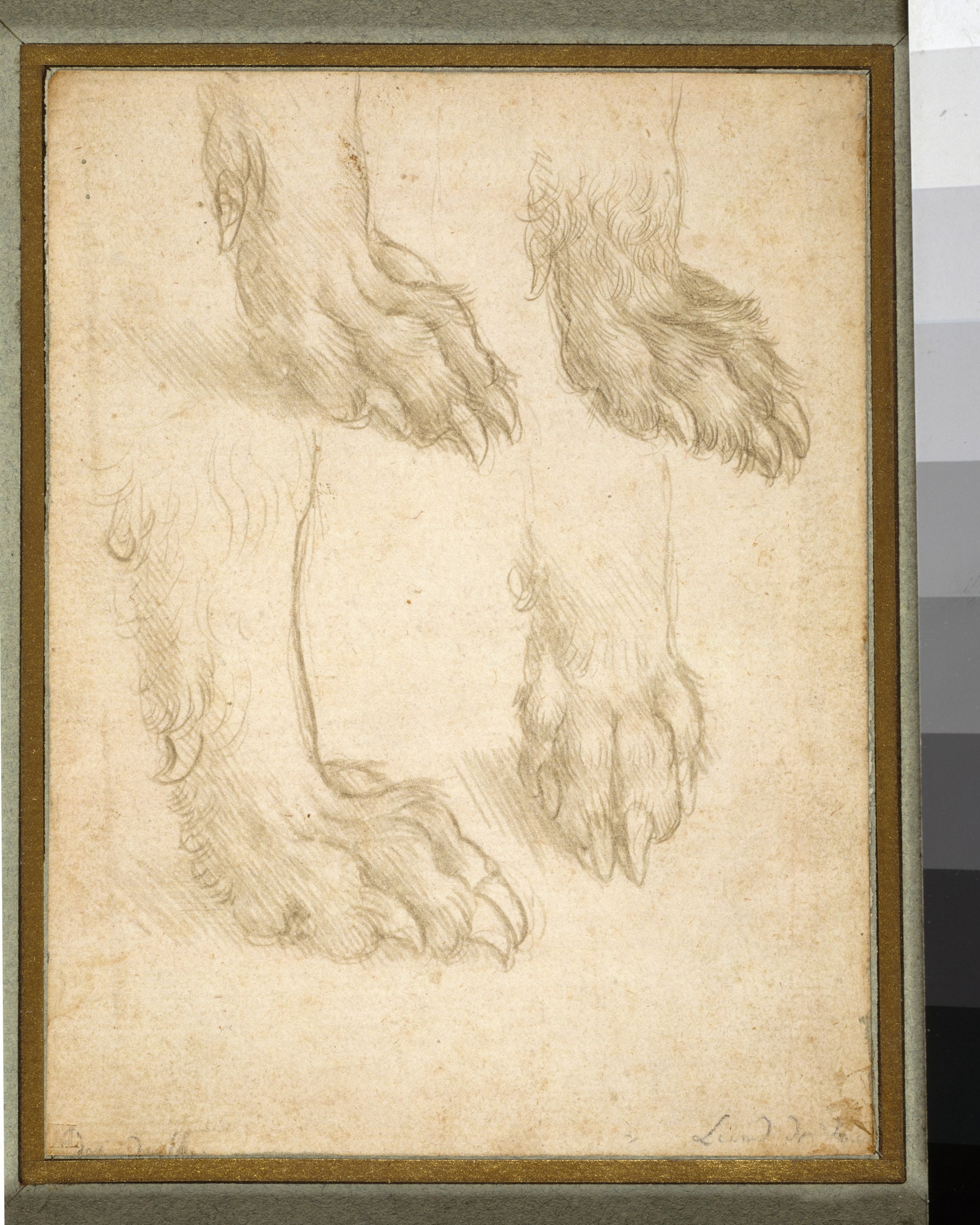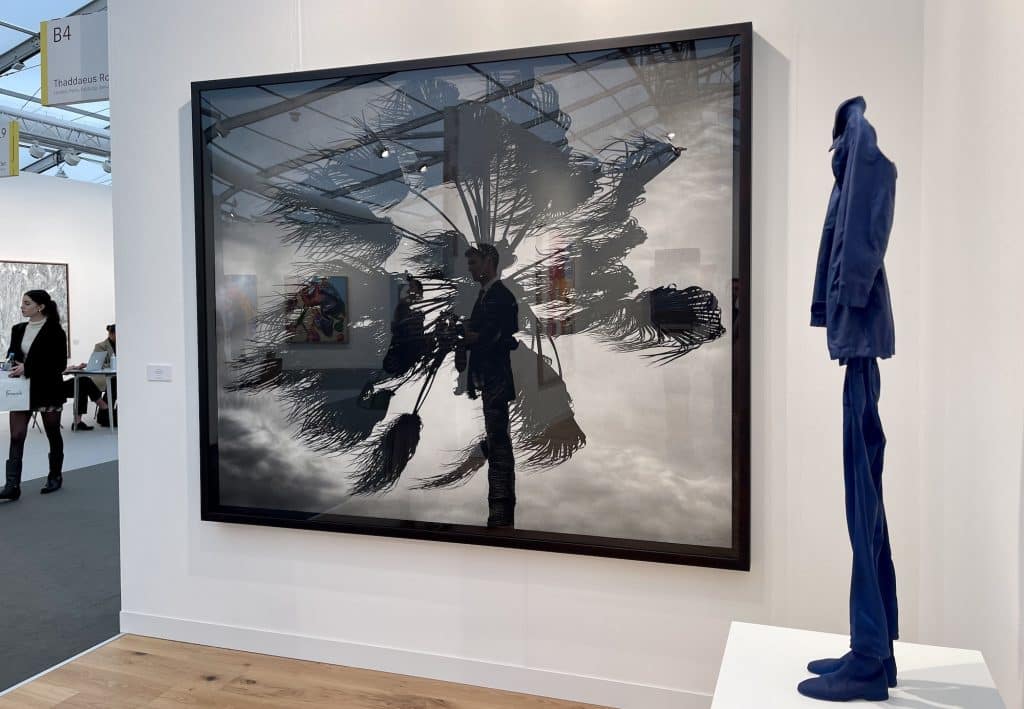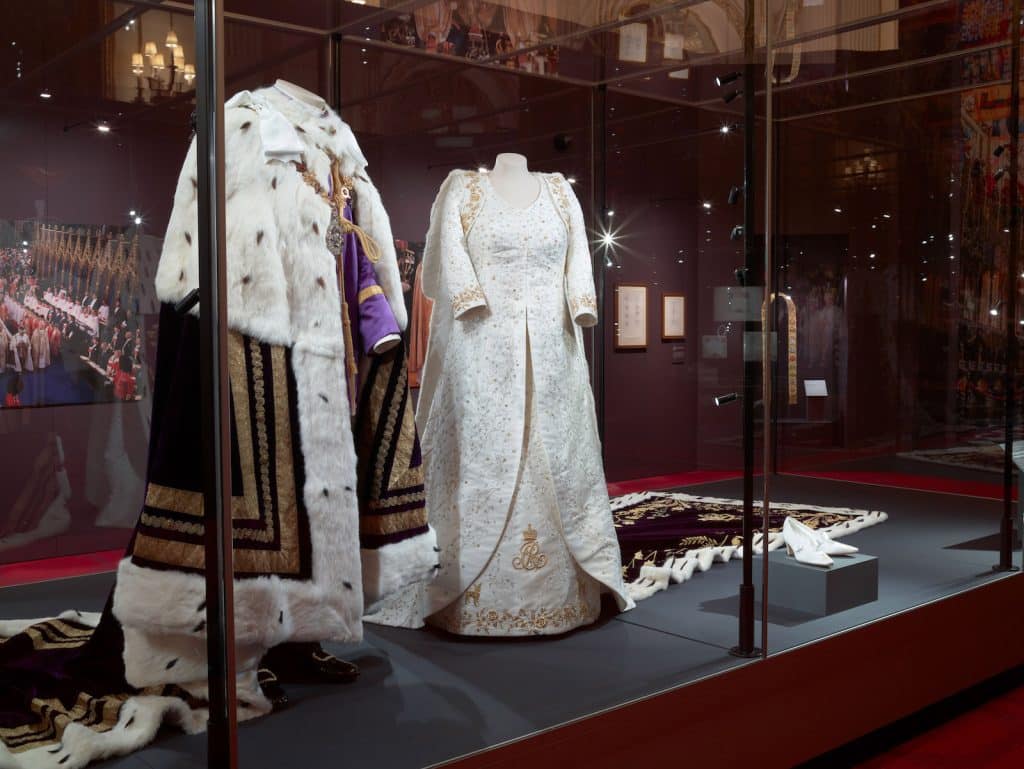Walking into a room full of the largest number of Leonard Da Vinci’s rare surviving paintings, is quite something. But being able to stand up close to one of our favourite artworks in the world: The Lady with an Ermine – ahead of the press scrum -was simply magical. In fact we stood rooted to the spot, unable to move, examining every inch of Renaissance craquelure varnish for what seemed like an eternity until the National Gallery’s curator, Luke Syson (who frankly deserves a Knighthood for putting this exhibition together) begins his guided tour with the world’s assembled media.
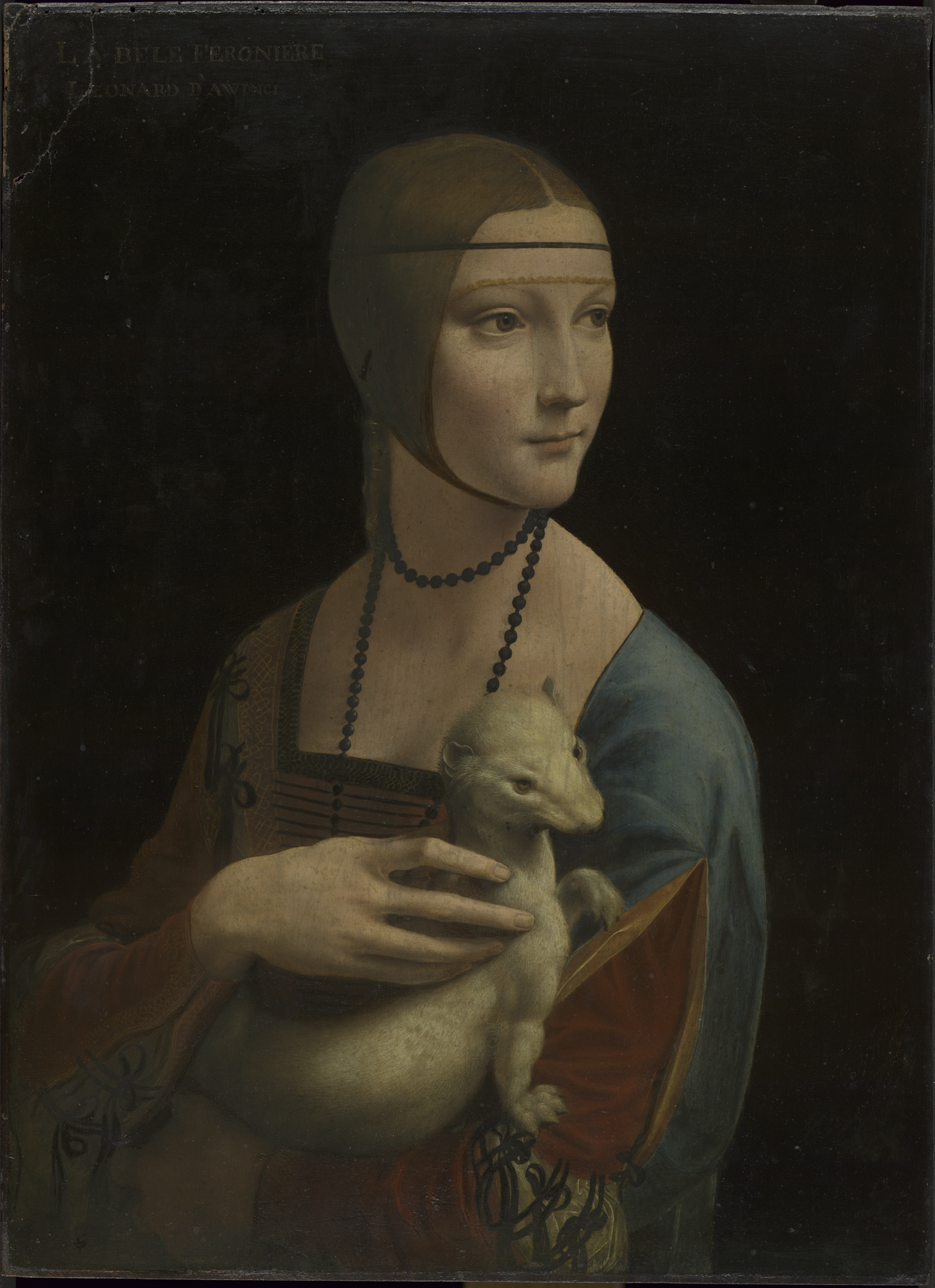
© Princes Czartoryski Foundation
Nine of the known 15 paintings by the artist have been gathered from Russia, America, Poland and France and almost all have never been seen before in the UK. Luke Syson spent five years persuading galleries to lend their treasures for this exhibition and the fact that he pulled it off, is nothing short of miraculous. Luckily the Mona Lisa (which has never been loaned) was not required as it was painted outside of the period featured here.
Previous exhibitions have looked at Leonard da Vinci as an inventor, scientist or draughtsman, but Leonardo Da Vinci: Painter at the Court of Milan is the first exhibition to actually examine his ambitions as a painter. It concentrates on his career as a court painter, working for the city’s ruler Ludovico Maria Sforza, il Moro in the 1480s and 1490s. All the masterpieces are here: Portrait of a Musician; Saint Jerome; Belle Ferronniere and not one, but two versions of the Virgin of the Rocks plus the beautifully restored Salvador Mundi which had the Italians queuing for days to see it when it first went on display in the 15th century, ensuring Leonardo’s status as a living superstar.
More than 50 drawings related to the paintings are exhibited for the first time, including 33 sketches from the Royal Collection. There are wonderfully detailed studies of a pair of dogs paws along with a study of the human arm (the length of each arm divided by lettered lines with notes written backwards and all the necessary calculations written down in a meticulous hand).There’s even a study of the human nervous system.
Leonardo wanted to present everything we can see and not see; he wanted to represent the mirror of nature and he aimed to show the world as beautiful as it could possibly be. He was convinced that his talent was “god given.”
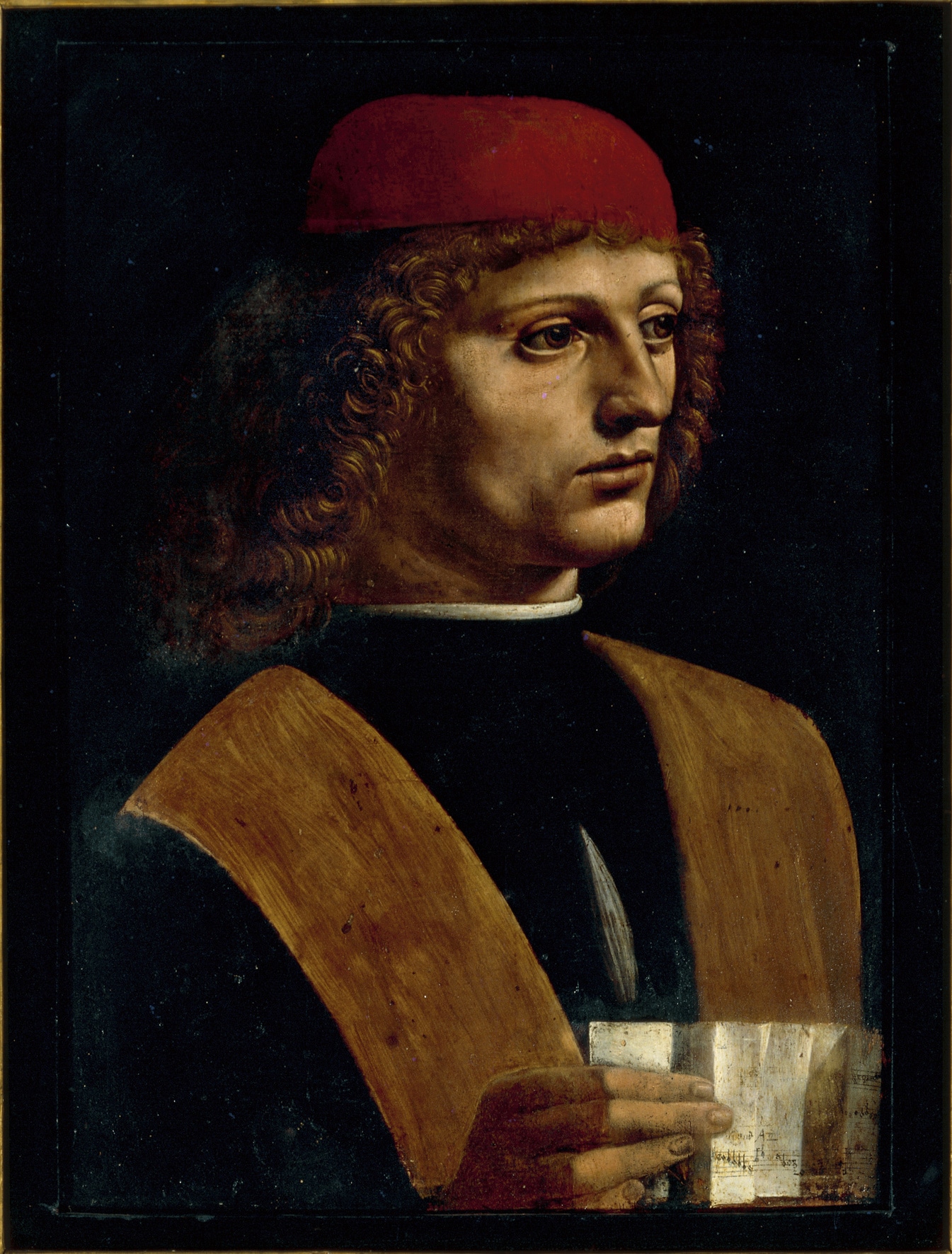
© Veneranda Biblioteca Ambrosiana, Pinacoteca – Milan (99).
But he was an erratic painter; sometimes painting from early morning to late at night without ever stopping for food. Then he would leave a painting for days and only return to add a brush stroke here and there, then leave it for several more days at a time. Frustratingly, many works went unfinished.
Leonardo Da Vinci: Painter at the Court of Milan is joyfully overwhelming from start to finish. It’s difficult to describe; every adjective seems hackneyed. Just like Leonardo da Vinci, this exhibition is otherworldly. I doubt if we’ll ever see anything quite like it again.
At the time of writing, advance sales for the exhibition have been the largest ever seen for any temporary show and 500 tickets are available every day at the National Gallery box office. Tickets will have a fixed entry crime to prevent overcrowding.
For further information please visit: www.nationalgallery.org.uk




